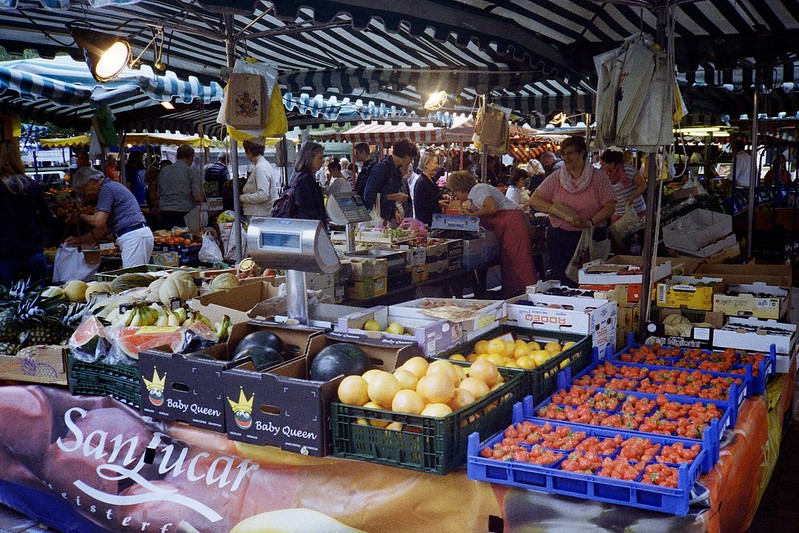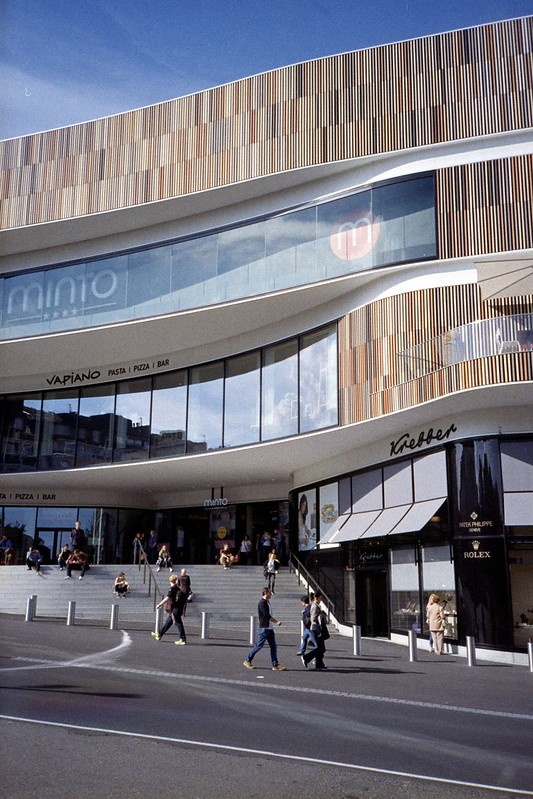Developing color negative film is easier that developing b/w film, no matter if you use commercial kits or a homemade developer.
I always was sceptical that color negative development had to be scientifically exact with a temperature regulation of centi-degrees and so on. When I bought my first (and only;-)) C-41 kit I read about developing at room temperature and it worked very fine, it was the so-called digibase kit from macodirect. 3 different concentrates to mix the developer, then bleach bath and fixer bath.
The bleach is still in use, it simply doesn't go down and can be regenerated by shaking with air to re-oxigenate the solution. When the color developer was used up I made a break and again used a lab service. Until I finally bought the missing raw chemicals I needed to mix the developer at home from scratch.
Here's the recipe I found at Apug which has blessings from some highly reputated members there who definately know what they are talking about.
Water (50° C) ........................... 800 ml
Potassium carbonate (anhy) ........ 37.5 g (replaced by me with 29 g sodium carbonate anhydrous aka washing soda waterfree)
Sodium sulfite (anhy) ................. 4.3 g (= bubble-ex for waterbeds here)
Potassium iodide ....................... 0.002 g (2
milligramms!)
Sodium bromide ......................... 1.3 g (replaced by me with pot. bromide 1.5 g)
Hydroxylamine sulfate ................. 2.0 g
Kodak Anti-Cal #3 ...................... 2.5 g (left out because I use destilled water)
CD-4 ....................................... 4.8 g
Water to make .......................... 1.0 l
pH 10.00 +/- 0.03
I didn't use heated water but at room temp and everything diluted fine. 2 things must be stressed:
1st: you need anhydrous soda/carbonate, otherwise you must re-calculate, if unsure what you have in hands make the heating test as explained on my Caffenol blog:
http://caffenol.blogspot.de/2010/03/soda-myth-and-truth_07.htmlThat's very important, because it affects the pH and the right pH is needed for proper colors. This is a must if you want reliable results, period.
2nd: you need a scale with 0.01 g resolution if you want reliable results. Kitchen scales with 1 g resolution are unsuitable. Such a precision scale is available for about 10 - 20 bucks, $, € or pounds. Have I to say that teaspoon measuring is not allowed ? :-D
All right, we have mixed our developer or have bought readymade kits- I use the old "undestroyable" bleach then and fix with b/w fixer.
Between the bathes I rinse twice with tap water to protect the following bathes. Then rinse as you would do with a b/w film. For the last bath - the stabilizer - I take 2 drops of dish detergent in the last rinse and wipe the film carefully with a folded paper tissue. I get superclean dust- and scratchfree negs that are dry within half an hour.
And here is the best: everything is done at room temperature, every film (brand, speed etc.) is treated the same way, only the developing time is altered according to the room temperature.
Agitation 1x every 15 seconds. Here is the ultimate sheet, hanging at the wall of my toi... - ahhh - darkroom:

c41-temp-chart by
Imagesfrugales, on Flickr
x-axis: time (minutes), y-axis: temperature in °Celsius. Forget the writing to the right: no presoak, bleach 6 minutes, fix according to clearing test (twice the time).
Because you treat all color neg films and cross developed slide films the same, it's the easiest procedure imho. Final note: 1 development of 135 film coasts me less than 50 Eurocents, assuming I can develop 10 films with 1 liter. But probably 20 films can be done. I store the developer in a reused dark green schnaps bottle (no plastic!) and spray on a pfffft of lighter gas for oxigene protection.
And now 2 samples:

l-10 by
Imagesfrugales, on Flickr

Minto by
Imagesfrugales, on Flickr